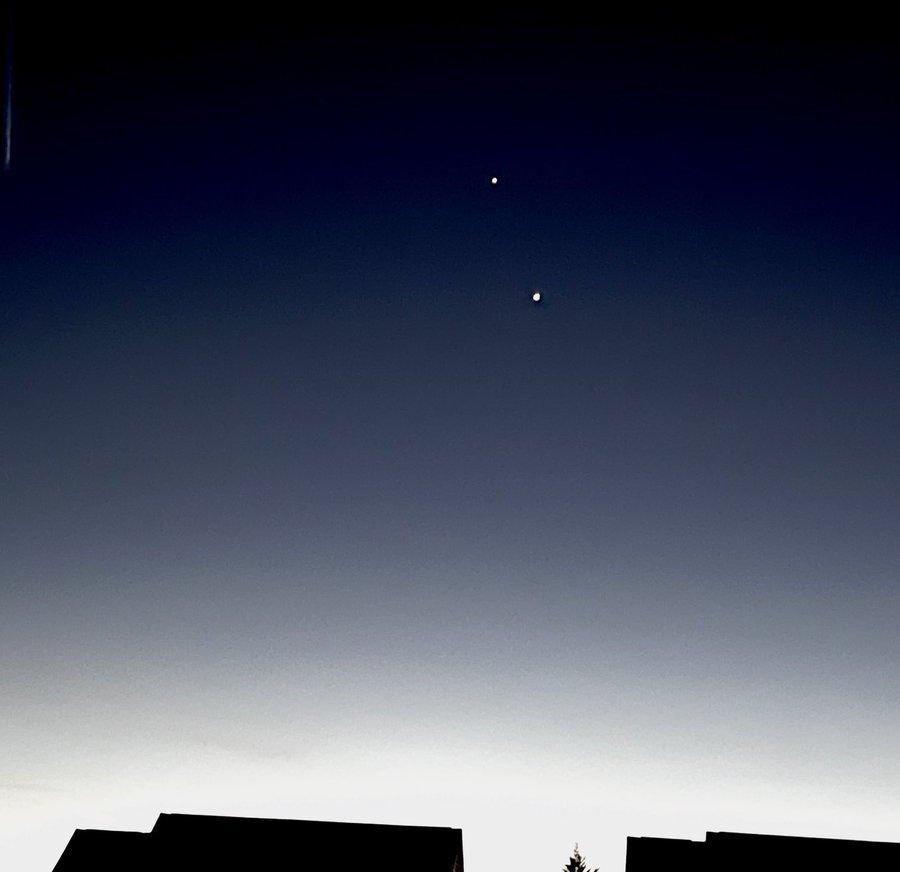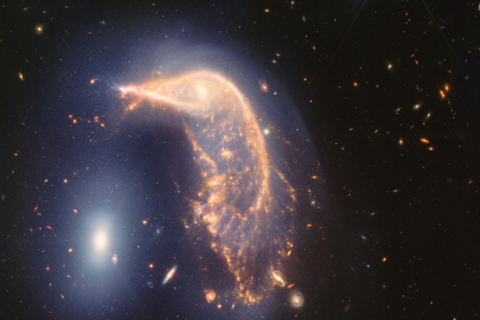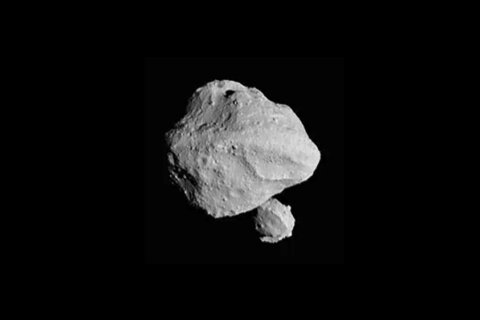Have you seen the two bright “lights” in the western sky as it gets dark in the past two weeks?
The bright planets Venus and Jupiter have been closing in on one another each night and have been quite a sight to see. Jupiter is descending toward the horizon, while Venus is ascending higher in the sky.
The sky has been dark enough to let this planetary duo strut their stuff, and has caught the attention of people and photographers looking their way.
The duo will be at their closest on March 1 and will only be half a degree, or the apparent size of the Moon in the sky, apart.

Venus is the brighter and currently lower of the two, and the pair forms a striking spectacle in the after-sunset sky. The motion we see in the sky is due to Venus, Jupiter and Earth orbiting the Sun. Each day, all three planets have moved in their solar orbit, which translates into the movement we see in the sky of Venus and Jupiter.
By the way, traveling at 186,000 miles a second, the light from Venus takes about 11-and-a-half minutes to reach your eyes while the light from Jupiter takes 48 minutes. Contrast that to the 1.3 seconds it takes for moonlight to reach our eyes. This gives you an idea of the size of our solar system.
To get the best view, you want a western horizon that’s free of tall buildings, trees and bright lights.
While this event is easily visible to the unaided eye, binoculars will really enhance your view, especially on March 1. They can also show you the four main moons of Jupiter, and Venus will really show off its brightness.
Try taking a pic with any camera as these celestial objects are very bright and will show up in any camera, including smartphones and tablets. Take a pic, see the results and adjust as necessary.
If you are lucky enough to enjoy dark skies and a clear view of the western horizon, be on the lookout when it first gets dark for the Zodiacal Light. This pyramid-shaped glow should be visible on the horizon and extending upward when looking at Venus and Jupiter. It should continue to be visible into March.
I will be at sea in the Bermuda Triangle when the planetary duo meet in the ghostly Zodiacal Light, and I hope to share some astropics of the event with you.
Here’s to meteorological spring!
Follow my Twitter @SkyGuyinVA and daily blog to keep up with the latest news in astronomy and space exploration. You can email me at skyguyinva@gmail.com.







